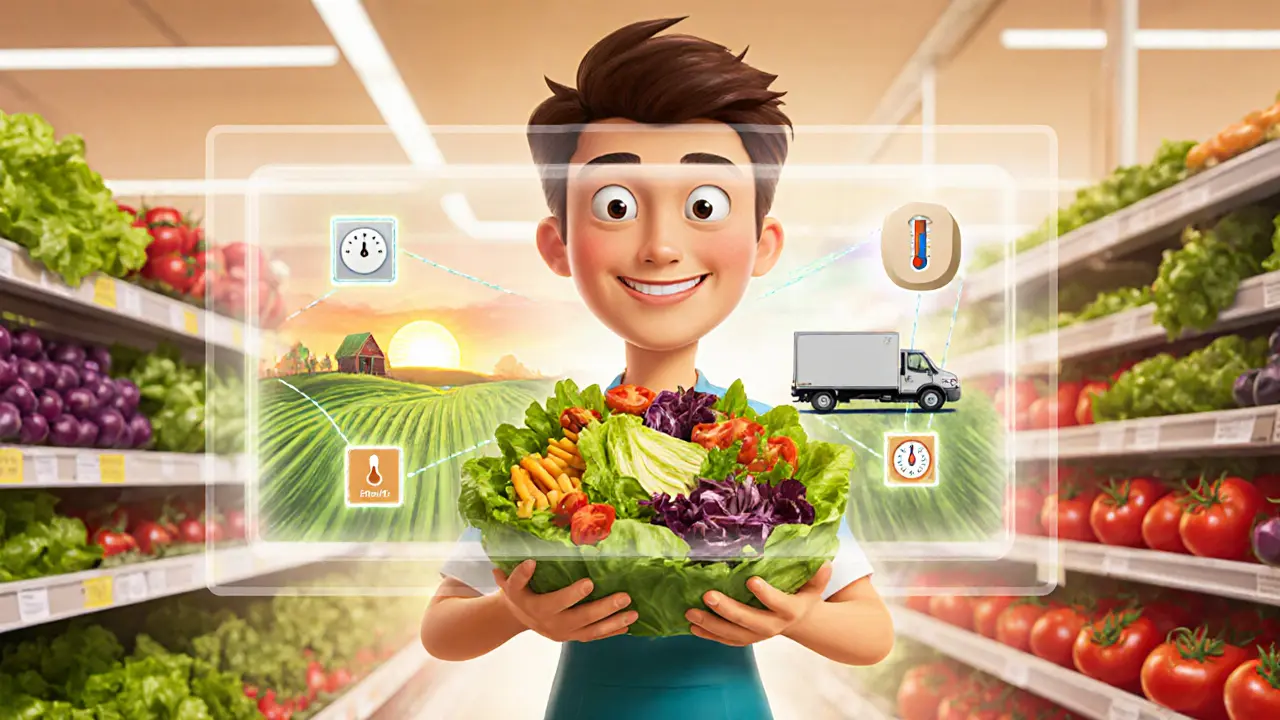IBM Food Trust: How Blockchain Powers Food Traceability
When working with IBM Food Trust, a blockchain‑based platform that records every step of a food product’s journey from farm to fork. Also known as IBM Food Trust Network, it boosts safety, transparency, and efficiency across the food supply chain, you’re instantly tapping into a network that connects growers, processors, distributors, and retailers. The system blockchain, a distributed ledger that stores immutable data provides the backbone for trustworthy records, while the supply chain, the series of steps that move food from origin to consumer becomes a visible, auditable flow. In short, IBM Food Trust encompasses supply chain traceability and requires blockchain technology to function.
Key Components and How They Interact
The platform runs on Hyperledger Fabric, an open‑source framework that lets businesses build permissioned blockchains. This framework enables participants to share data securely without exposing sensitive business information. Each transaction – a harvest, a temperature check, a shipping event – is captured as a smart‑record, time‑stamped, and linked to previous records, forming a tamper‑proof chain. Because the network is permissioned, only authorized parties can add or view data, which satisfies both privacy concerns and regulatory requirements. The result is a trusted data layer that fuels advanced analytics, rapid recalls, and consumer confidence.
Beyond the technology, IBM Food Trust adds value through three practical mechanisms. First, it offers a single source of truth that cuts down on paperwork and manual data entry, saving time and reducing errors. Second, it supports real‑time alerts; if a sensor flags a temperature breach, the platform instantly notifies all relevant stakeholders, allowing a quick corrective action. Third, it provides consumer‑facing QR codes, so shoppers can scan a product and see its entire provenance – a feature that builds brand loyalty and meets growing demand for transparency. These capabilities illustrate why many major food brands, from large retailers to boutique growers, have adopted the network.
Looking ahead, the integration of AI and IoT with IBM Food Trust promises even richer insight. Sensors can feed live data into the blockchain, while AI models predict spoilage or optimal routing, turning raw traceability into proactive decision‑making. Whether you’re a farmer wanting proof of organic practices, a distributor aiming to reduce waste, or a retailer seeking to reassure customers, the platform’s modular design lets you pick the tools that fit your workflow. Below you’ll find a curated collection of articles that dive deeper into each of these aspects, from technical guides on setting up Hyperledger Fabric nodes to case studies of companies that have slashed recall times using the network.
How Blockchain Improves Food Safety Traceability
Explore how blockchain transforms food safety traceability, the standards involved, real‑world case studies, step‑by‑step implementation, and future trends.
- 21
- Read More
